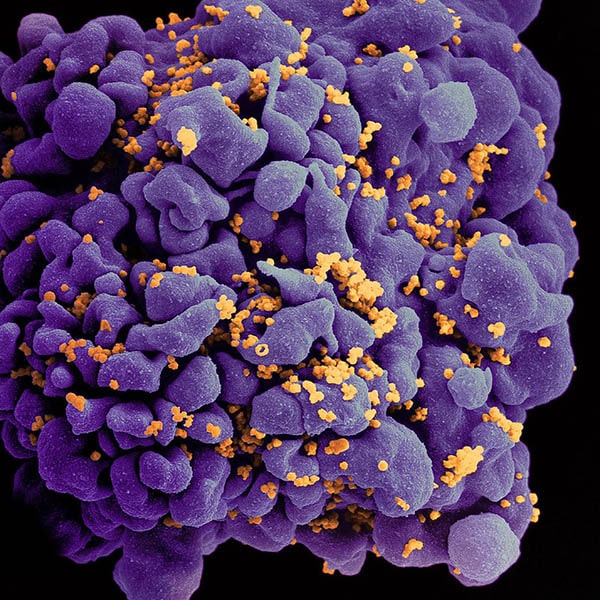IRP researchers identify how two people controlled HIV after stopping treatment
Different mechanisms suppressed the virus in each person
Research led by scientists at the National Institutes of Health has identified two distinct ways that people with HIV can control the virus for an extended period after stopping antiretroviral therapy (ART) under medical supervision. This information could inform efforts to develop new tools to help people with HIV put the virus into remission without taking lifelong medication, which can have long-term side-effects.
The study, published today in the journal Nature Medicine, was led by Tae-Wook Chun, Ph.D., chief of the HIV Immunovirology Section in the Laboratory of Immunoregulation at the National Institute of Allergy and Infectious Diseases (NIAID), part of NIH; and by Anthony S. Fauci, M.D., NIAID director and chief of the Laboratory of Immunoregulation.
The study involved two adults with HIV who began ART soon after acquiring the virus and continued with treatment for more than six years, successfully suppressing HIV. The individuals then joined an HIV clinical trial and stopped taking ART under medical supervision. The study team followed one of these people for four years and the other for more than five years, with study visits roughly every two to three weeks.
This page was last updated on Friday, January 21, 2022
